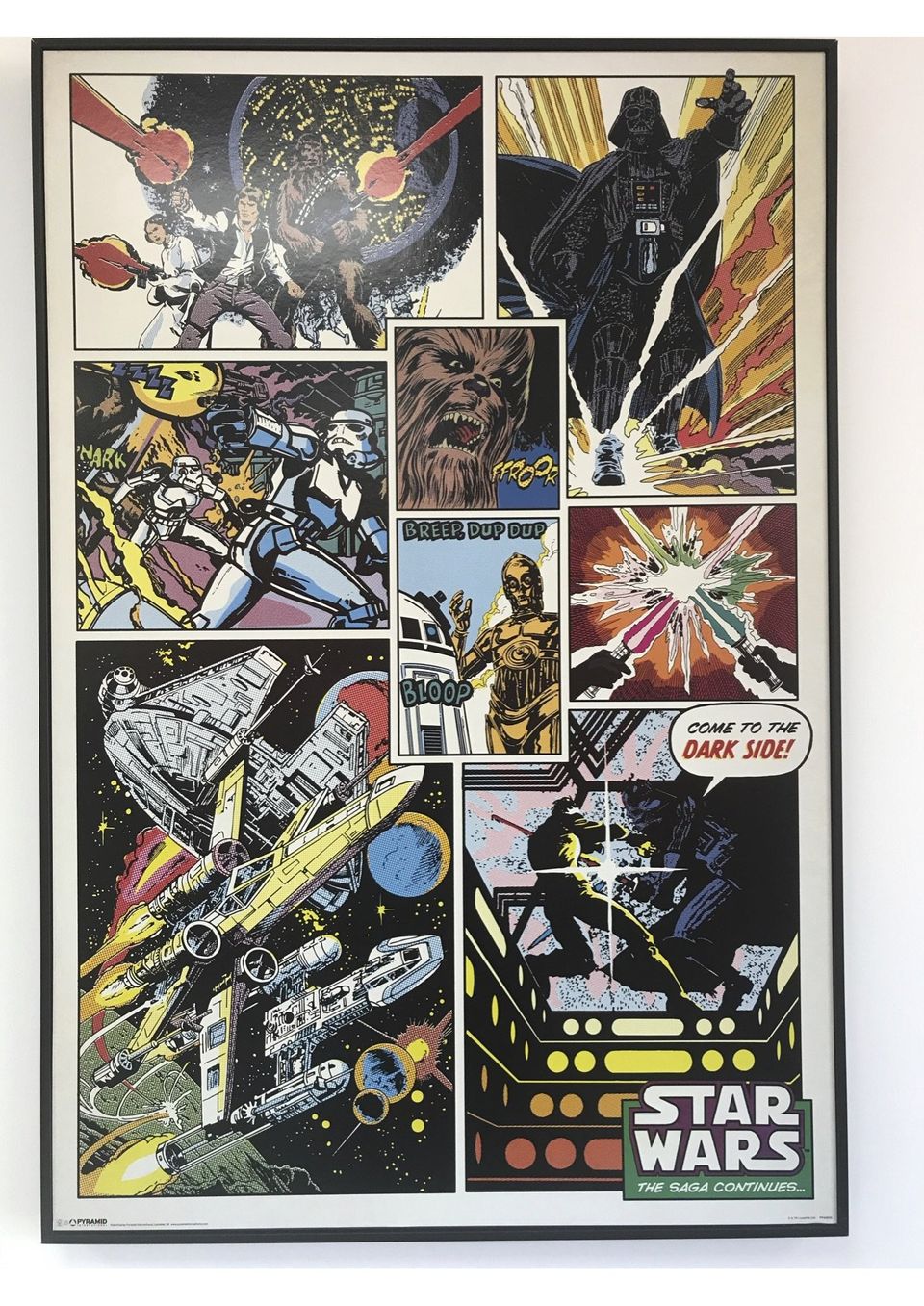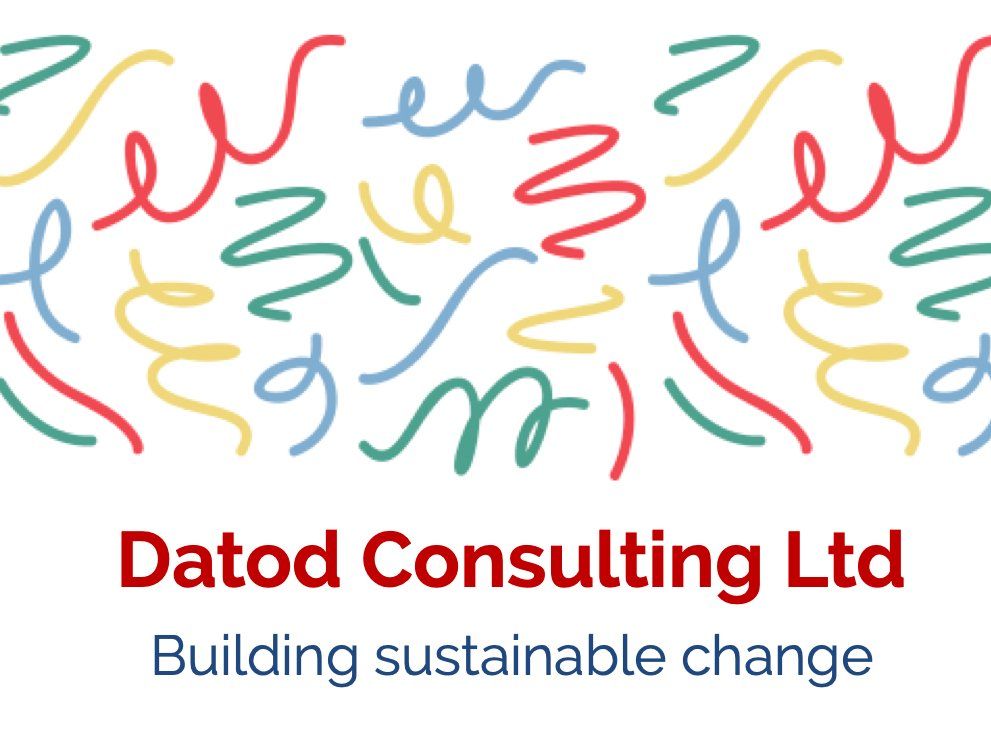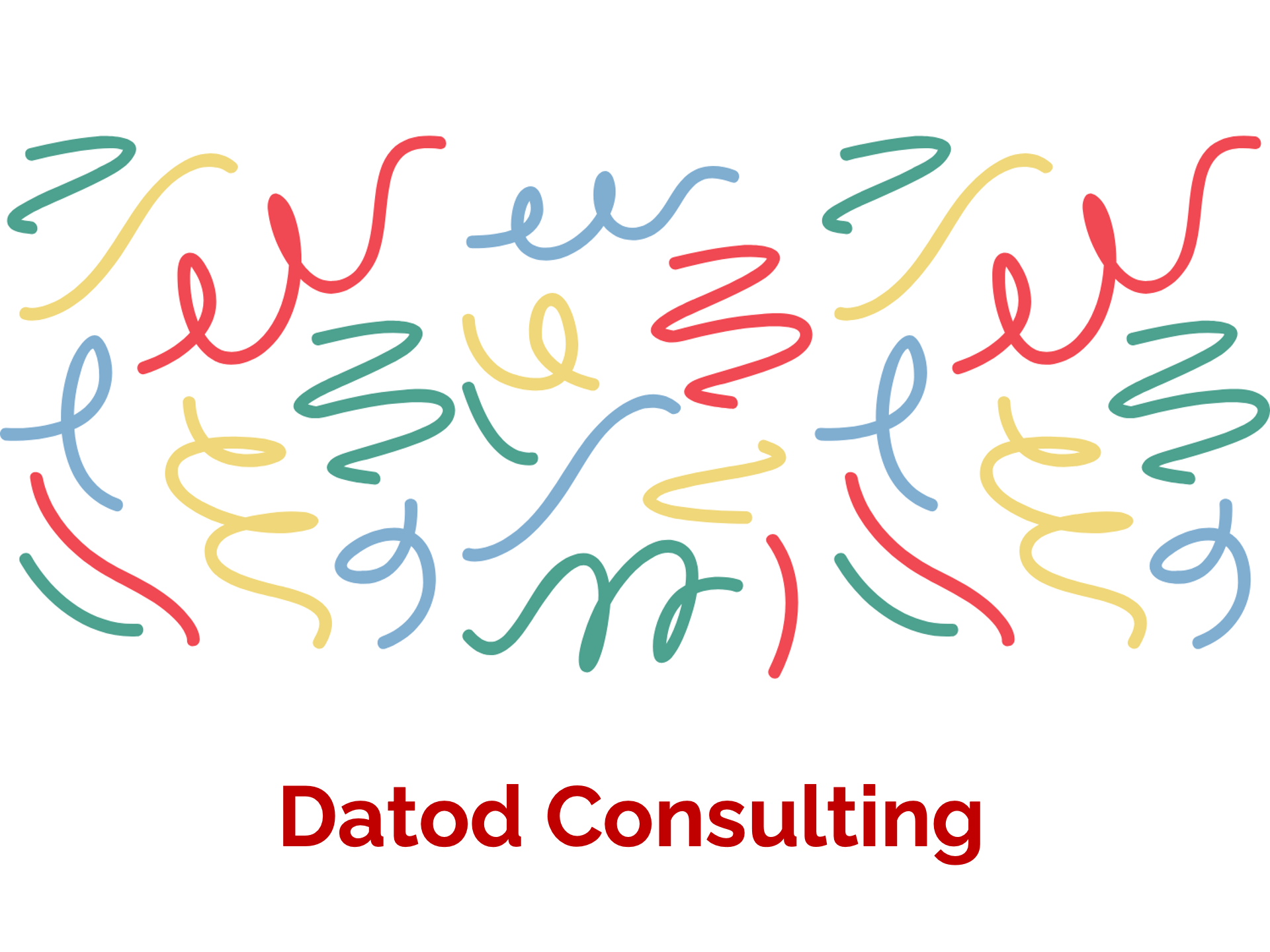The Power of Visuals

It’s everywhere, information. We are surrounded in the work-place by instructions, procedures, and directions in the belief if we give individuals enough detail they will. be more likely to be compliant to our expectations. Then we are surprised when this doesn’t happen and errors and mistakes creep into processes, sometimes with disastrous consequences.
So what do we usually do ? Yes, we retrain and give them more and more information until we have information overload and the Quality System simply spirals out of control.
But there is a better way organisations can get information across and truly train staff and it uses…. the power of visuals.
Take this poster on the wall in my office. It only has a handful of real words but visually it tells clearly a story in a Galaxy, one far, far away. Simply because we process images far faster than text and with greater retention.
Studies have shown that after three days we only remember 10% of what we read, 20% of what we hear. This rises to 65% if the information is visual and to 70% if the individual is able to practice what the information is instructing through a participatory activity (1).
This has huge
implications for how organisations should convey information and how individuals are trained.
Make procedures visual. Add flow charts and images, strip out unnecessary verbiage from procedures that is getting in the way. Add photographs to work instructions, visually detailing how a process should be executed. Make training graphic and appealing and reinforce the information through participatory exercises.
Go beyond the “ Read and Understood “ sign -off. Test understanding, and if you truly want to imbed capability within a function get individuals to a level they can teach this capability. In my experience you only truly understand
something until you are asked to teach
it.
Create certified trained trainers within functions as go-to experts in given processes. This will ensure the capability lives on and the information is embedded and sustainable. As Confucius said.
“What I hear, I forget;
What I see, I remember;
What I do, I understand.”
So this time next week you’ll remember little of this blog entry but I bet you’ll remember the Star Wars poster won’t you ?
(1) Dale E. 1969. Cone of experience, in Educational Media: Theory into Practice. Wiman RV (ed). Charles Merrill: Columbus, Ohio

